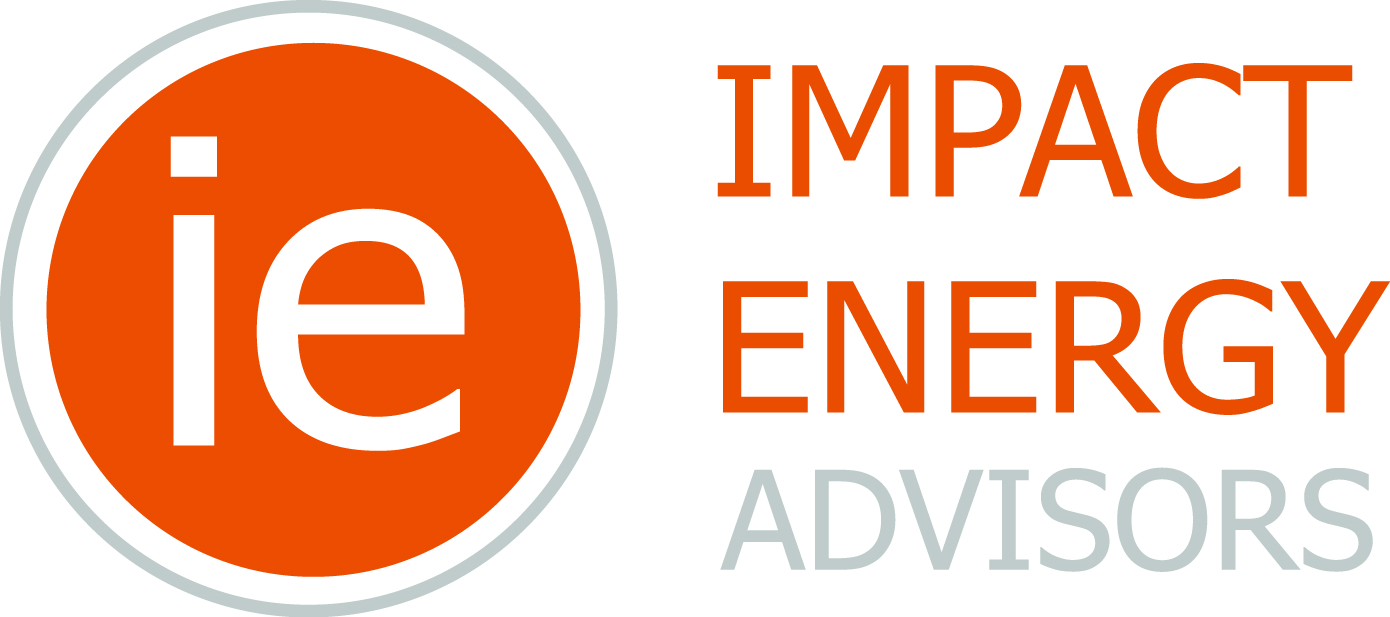Smarter Small Buildings
Optimizing Small and Medium Commercial Building Performance
The Challenge
Design
Most buildings are over engineered, and often result in higher energy consumption.
Occupancy
Buildings are designed to meet 100% occupancy, and without building sensors, energy is wasted.
Drift
Over time HVAC Systems can drift out of alignment, resulting in excessive energy use and reduced occupant comfort.
Control
Buildings without proper sensors, simple controls and monitoring capabilities lack visibility.
Your personal energy manager that pays for itself.
As a partner with the Smarter Small Buildings Campaign, we help small and medium commercial building owners improve occupant comfort, save energy costs, and reduce greenhouse gas emissions through improved HVAC control and monitoring.
It starts with our no-cost assessment, where we work with our clients to identify operational improvements and determine solutions that deliver immediate impact. We partner with control technology vendors, utilities, HVAC contractors, and other organizations to promote scaled deployment of improved HVAC controls and monitoring. Best of all, we help secure available rebates, incentive programs and energy financing available to deliver zero out of pocket cost solutions.
10 to 20% Energy Savings
Unlock the benefits of Smart Controls
Levels of Energy Management

Level 1: Smart Thermostats
Centralized monitoring of zone temps, setpoints, and schedules.
Centralized adjustment of zone temps, schedules
with remote access and user configuration.
Typical Hardware and Software
- Smart Thermostat
- Gateway
- High Speed Internet
- Cloud platform for remote access
Level 2: Advanced Controls
HVAC controls that enhances energy efficiency, extend equipment life and may improve building comfort.
Controls Examples
- Variable Frequency Drive
- Advanced Digital Economizer Control
- Demand Control Ventilation
- Optimal Start/Stop


Level 3: Machine Learning & AI
Cloud based software that automatically and continuously optimizes energy consumption.
Energy Strategies
- Peak Demand Management (10-25% reduction)
- Energy Conservation (3-10% reduction)
- Automated Demand Response (earn $ from utilities)
- Fault Detection and Diagnosis (FDD)
Contact us to learn more

